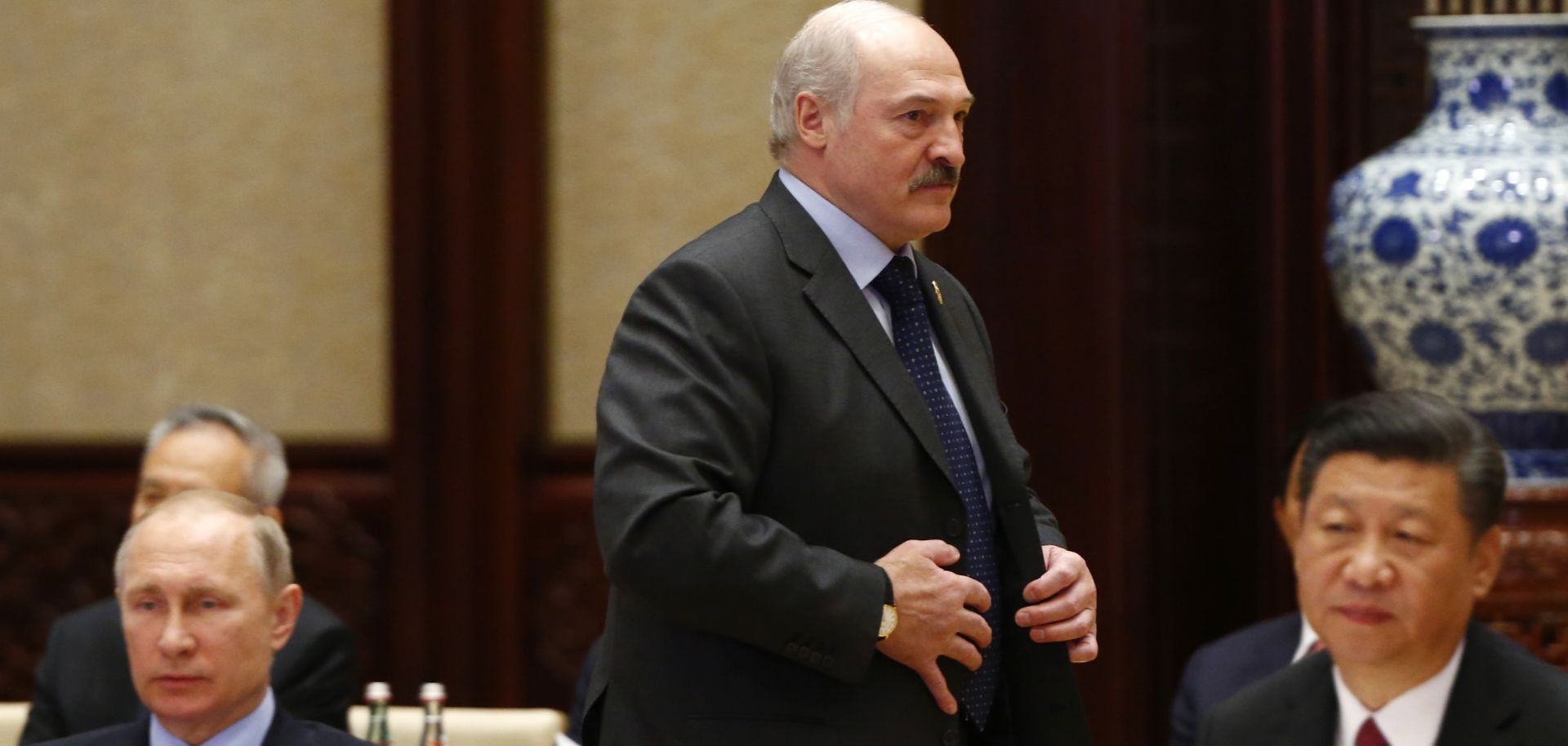ASSESSMENTS
China's Belt and Road Initiative Finds Shaky Ground in Eastern Europe
Aug 9, 2018 | 09:00 GMT

Russian President Vladimir Putin (L), Belarusian President Alexander Lukashenko (C) and Chinese President Xi Jinping attend a summit at the Belt and Road Forum on May 15, 2017, in Beijing. China is keen on investing in Ukraine, Belarus and Moldova, but some obstacles are blocking its path.
Highlights
- As part of its Belt and Road Initiative, China will work to build economic and security ties with Ukraine, Belarus and Moldova in the coming years.
- A variety of factors, including insufficient infrastructure and competition in the region between Russia and the West, will complicate China's expansion in these states.
- Forging deeper relationships with China will give Ukraine, Belarus and Moldova more leeway for negotiating the standoff between Russia and the West, though Beijing will be careful not to encroach on Moscow's interests in the region.
Subscribe Now
SubscribeAlready have an account?
